
Bonnie Christensen, Illustration for Ida B. Wells: Let the Truth be Told by Walter Dean Myers. Gift of Emily Herder, daughter of the artist. © 2008 Bonnie Christensen.
Bonnie Christensen
Bonnie Christensen (1951-2015) was an artist, playwright, teacher, and master printmaker. Her career in children’s literature began in 1994 with An Edible Alphabet. She specialized in picture book biographies, like those of folk singer Woody Guthrie, journalist and activist Ida B. Wells, reporter Nelly Bly, jazz guitarist Django, actor and singer Elvis Presley, pop artist Andy Warhol, and Italian astronomer Galileo Galilei. Christensen deftly incorporated different media to best illustrate each narrative, whether fresco, woodcut, etching, watercolor, or acrylic.
Since 2020, Christensen’s daughter Emily Herter has annually donated art from her mother’s books. The Carle featured Christensen’s art in its exhibitions Let’s Talk! Animals from the Collection, The Carle Collection: Recent Acquisitions, and Alphabet Soup: How Picture Books are Made, from A to Z.
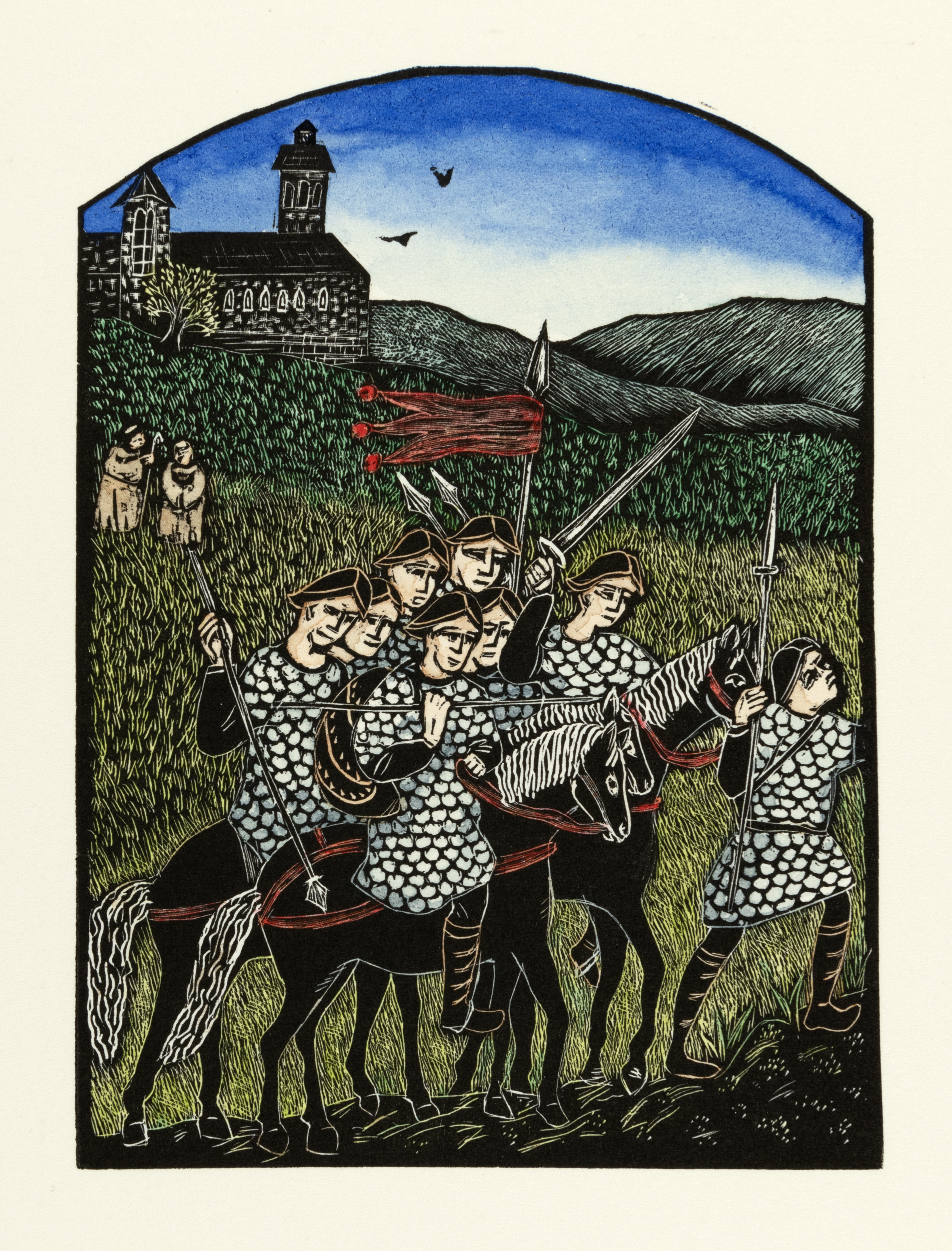
Bonnie Christensen, Illustration for Breaking into Print: Before and After the Invention of the Printing Press by Stephen Krensky. Gift of Emily Herder, daughter of the artist. © 1996 Bonnie Christensen.

Bonnie Christensen, Illustration for Breaking into Print: Before and After the Invention of the Printing Press by Stephen Krensky. Gift of Emily Herder, daughter of the artist. © 1996 Bonnie Christensen.
Christensen’s Breaking into Print tells how modern printing processes developed. In medieval Europe, scribes hand copied books, writing for hours on end in a standard handwriting style called script, meant for legibility. Few people had access to these special books, called manuscripts, as they took so much time and money to produce. Most manuscripts were made for religious purposes. Even for those who could not read, the colorful illustrations (or illuminations) captured their imagination and communicated a story.
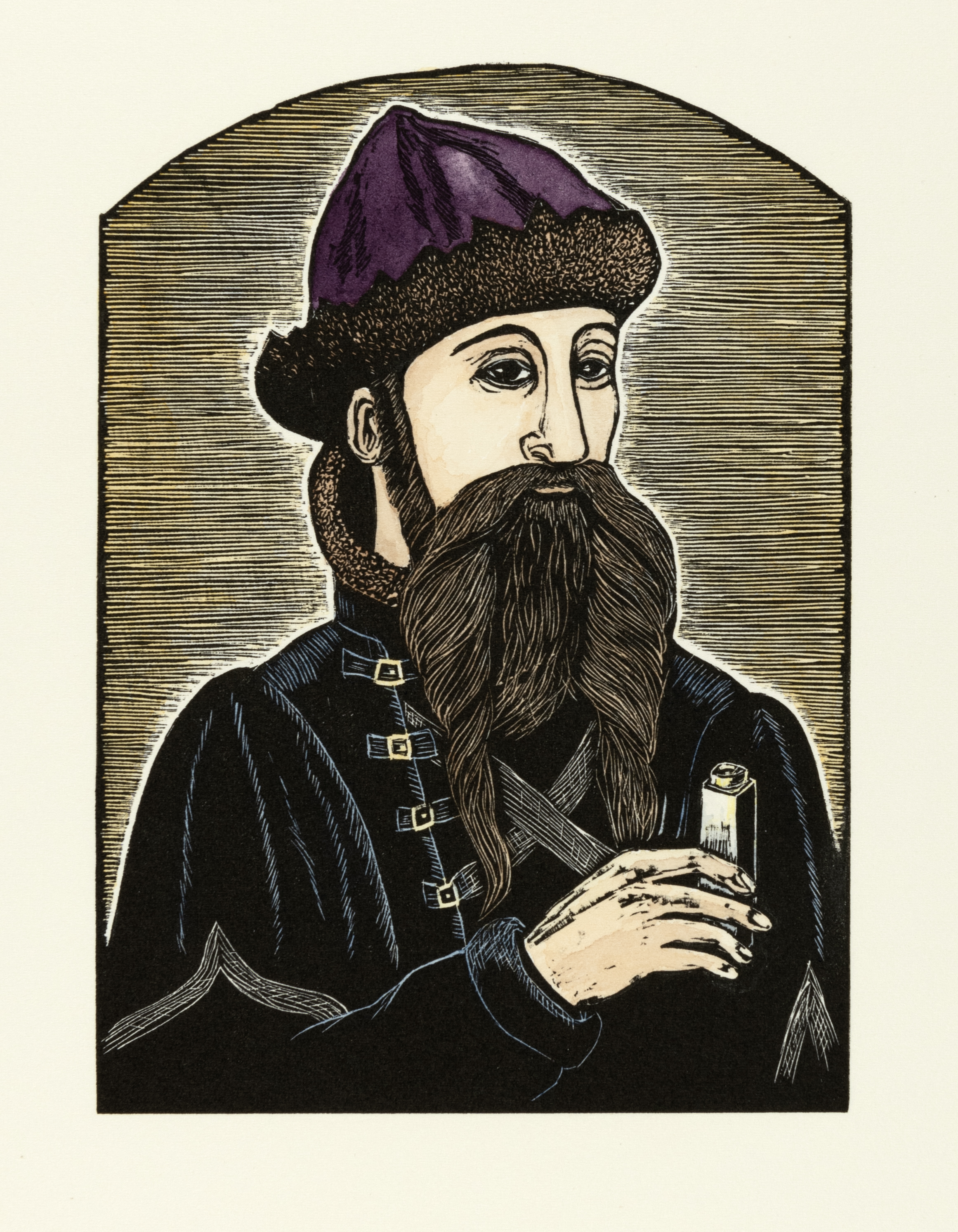
Bonnie Christensen, Illustration for Breaking into Print: Before and After the Invention of the Printing Press by Stephen Krensky. Gift of Emily Herder, daughter of the artist. © 1996 Bonnie Christensen.

Bonnie Christensen, Illustration for Rebus Riot. Gift of Emily Herder, daughter of the artist. © 1997 Bonnie Christensen.
Christensen’s lively picture book invites young readers to solve visual puzzles to complete the text’s missing words (a literary device known as a rebus). In this illustration, Christensen shines a spotlight on two toucans who dance the rumba into the night until one collapses in exhaustion.

Bonnie Christensen, Illustration for Rebus Riot. Gift of Emily Herder, daughter of the artist. © 1997 Bonnie Christensen.

Bonnie Christensen, Illustration for Rebus Riot. Gift of Emily Herder, daughter of the artist. © 1997 Bonnie Christensen.

Bonnie Christensen, Illustration for Woody Guthrie: Poet of the People. Gift of Emily Herder, daughter of the artist. © 2001 Bonnie Christensen.

Bonnie Christensen, Illustration for Woody Guthrie: Poet of the People. Gift of Emily Herder, daughter of the artist. © 2001 Bonnie Christensen.
Christensen specialized in illustrated non-fiction books for children. In 2001, she introduced young readers to the famous folk singer and songwriter Woody Guthrie. In dark, earthy tones, her watercolors capture Guthrie’s hardscrabble youth in Oklahoma, the dust bowl and Great Depression, and the plight of farm workers, coal miners, and factory hands that inspired his social messages and protest songs. Guthrie is best remembered for the folk ballad “This Land in Your Land.”
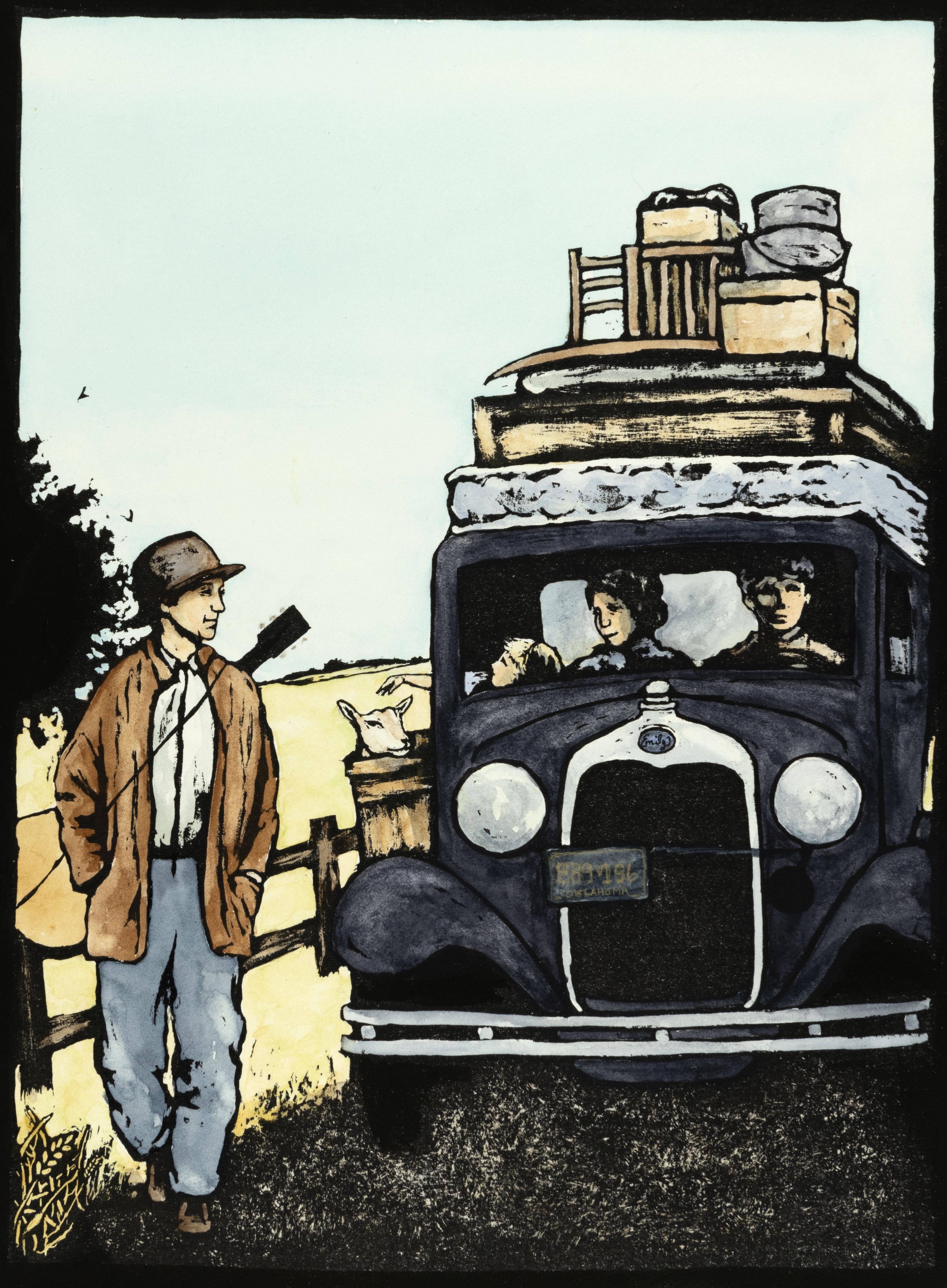
Bonnie Christensen, Illustration for Woody Guthrie: Poet of the People. Gift of Emily Herder, daughter of the artist. © 2001 Bonnie Christensen.

Bonnie Christensen, Illustration for Ida B. Wells: Let the Truth be Told by Walter Dean Myers. Gift of Emily Herder, daughter of the artist. © 2008 Bonnie Christensen.

Bonnie Christensen, Illustration for Ida B. Wells: Let the Truth be Told by Walter Dean Myers. Gift of Emily Herder, daughter of the artist. © 2008 Bonnie Christensen.

Bonnie Christensen, Illustration for Ida B. Wells: Let the Truth be Told by Walter Dean Myers. Gift of Emily Herder, daughter of the artist. © 2008 Bonnie Christensen.
Writer and activist Ida B. Wells was a champion for women and African Americans in the early twentieth century. Here, Christensen shows Wells standing proudly at one of the most important events in the decades-long suffragist movement for women’s voting rights. Though some marchers wanted Wells to join “the separate colored section,” she sternly refused, and took her rightful place at the center.
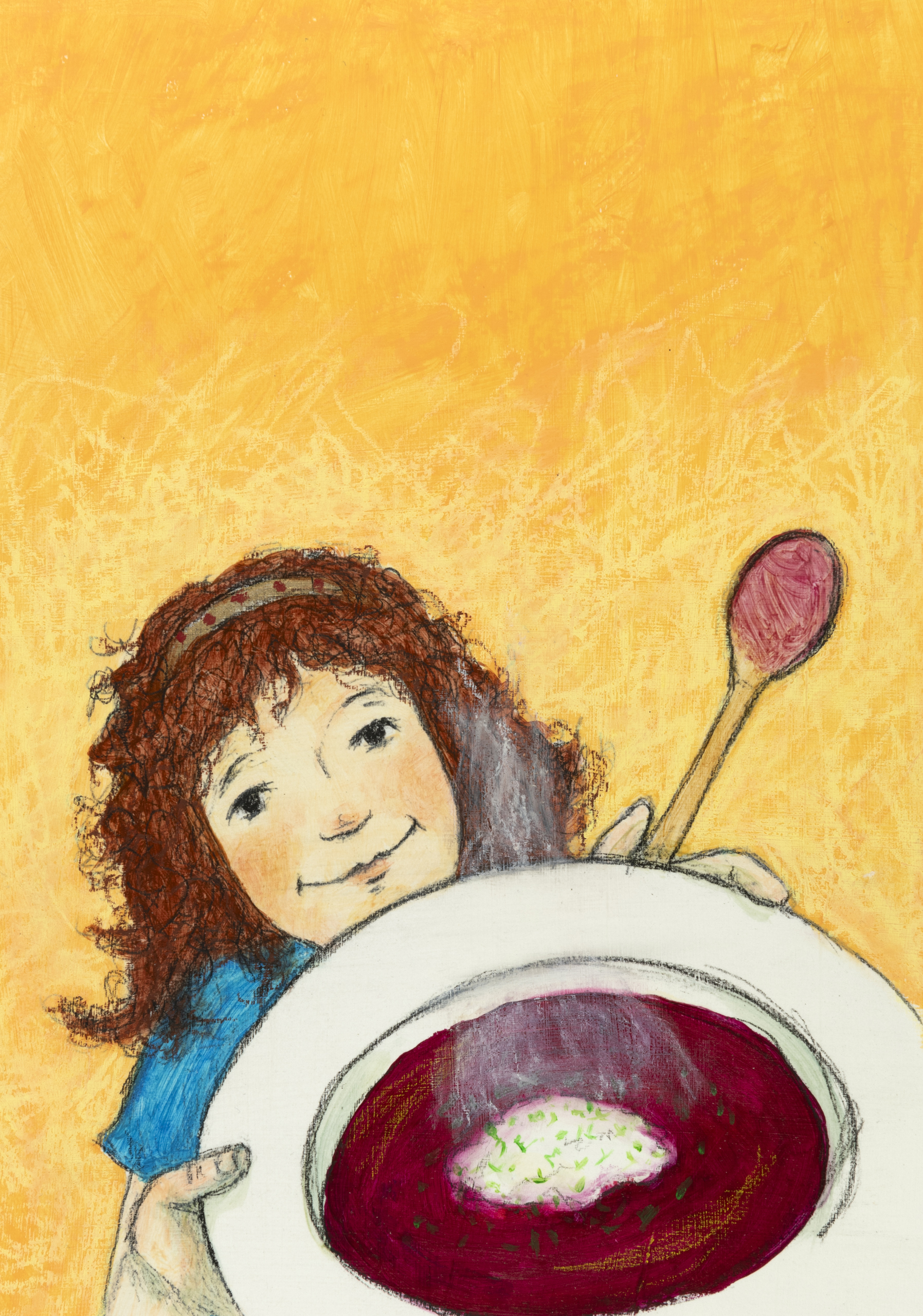
Bonnie Christensen, Illustration for The Princess of Borscht by Leda Schubert. Gift of Emily Herder, daughter of the artist. © 2011 Bonnie Christensen.

Bonnie Christensen, Illustration for The Princess of Borscht by Leda Schubert. Gift of Emily Herder, daughter of the artist. © 2011 Bonnie Christensen.

Bonnie Christensen, Illustration for I, Galileo. Gift of Emily Herder, daughter of the artist. © 2012 Bonnie Christensen.
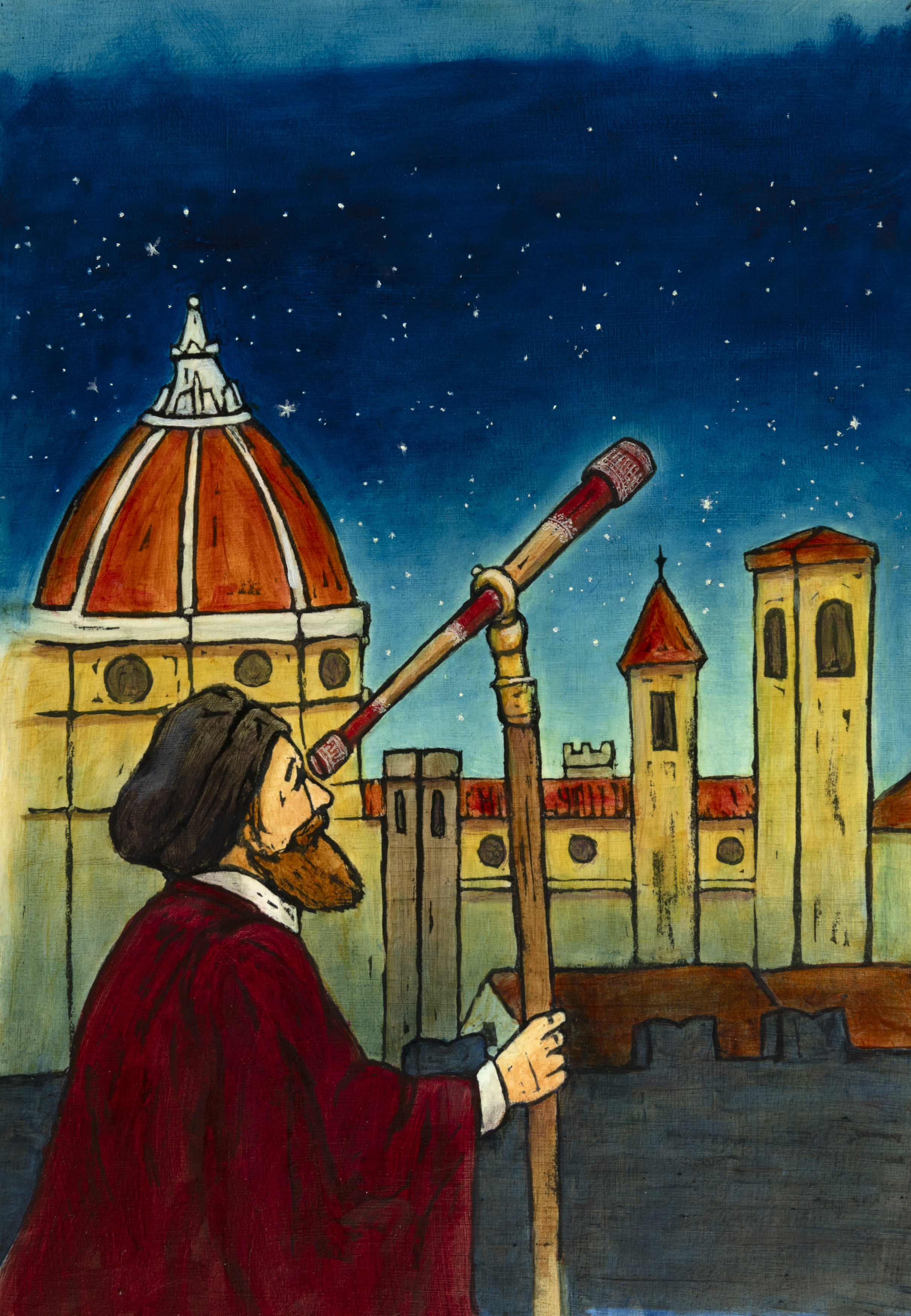
Bonnie Christensen, Illustration for I, Galileo. Gift of Emily Herder, daughter of the artist. © 2012 Bonnie Christensen.
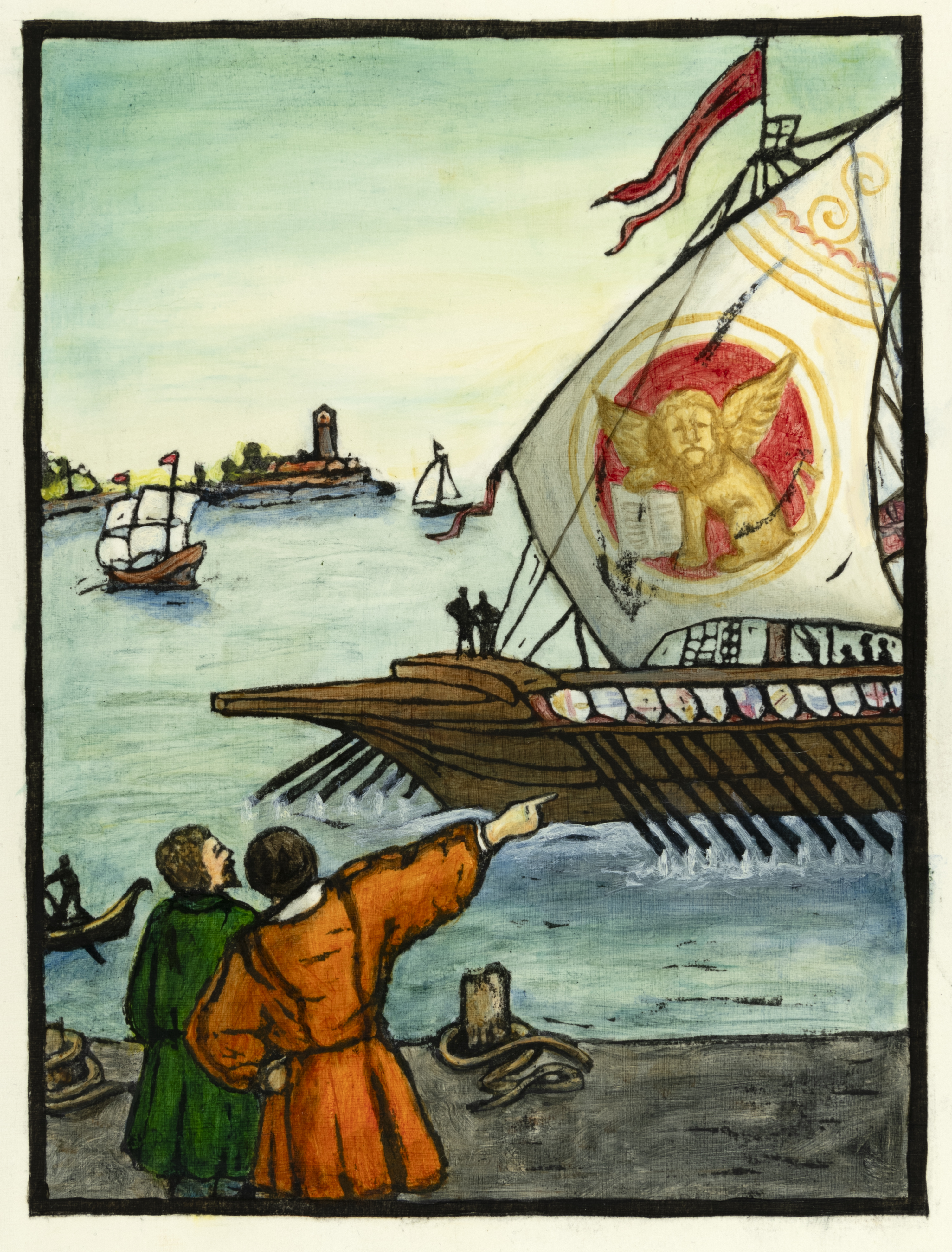
Bonnie Christensen, Illustration for I, Galileo. Gift of Emily Herder, daughter of the artist. © 2012 Bonnie Christensen.
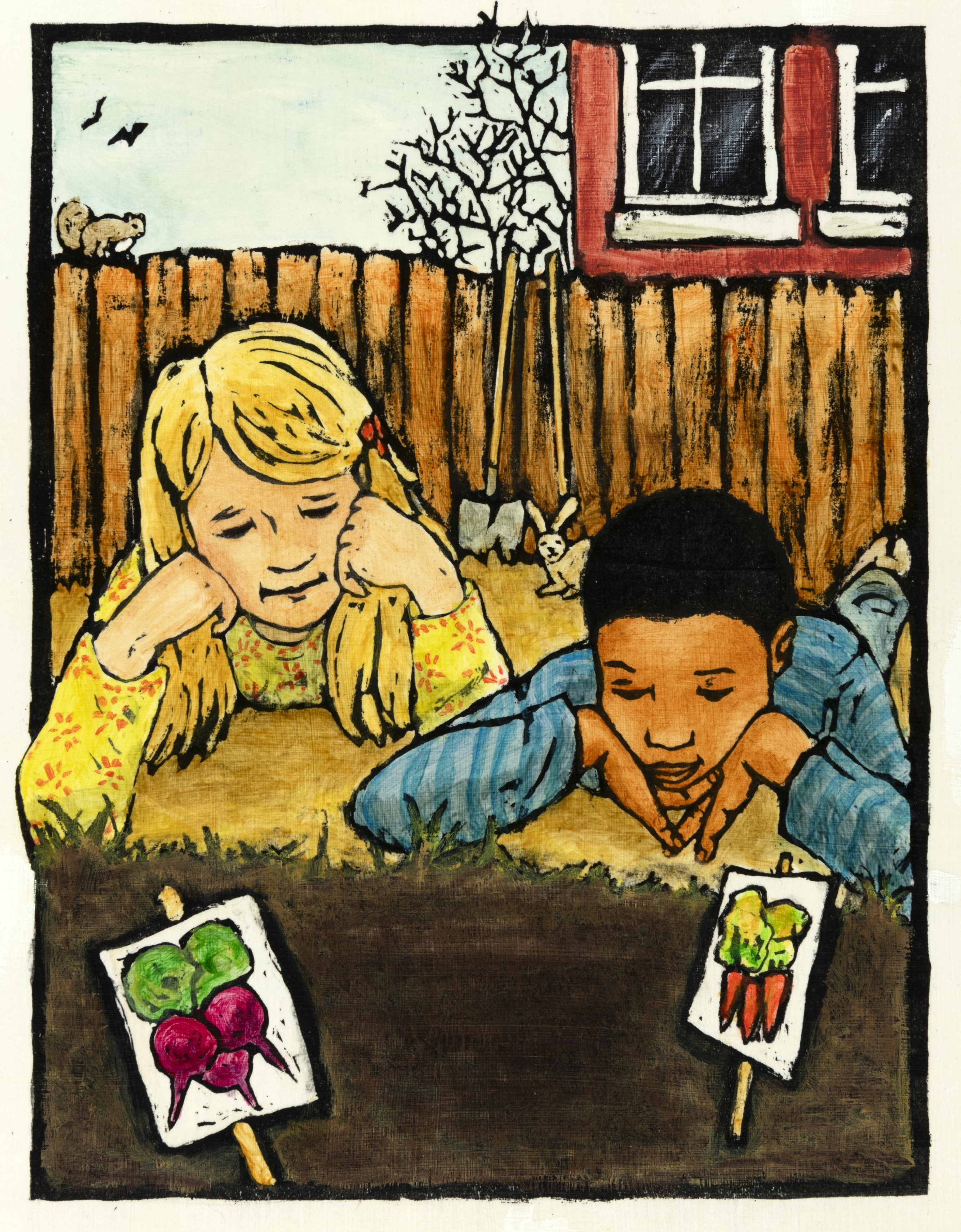
Bonnie Christensen, Illustration for Plant a Little Seed. Gift of Emily Herder, daughter of the artist. © 2012 Bonnie Christensen.

Bonnie Christensen, Illustration for Plant a Little Seed. Gift of Emily Herder, daughter of the artist. © 2012 Bonnie Christensen.

Bonnie Christensen, Illustration for Plant a Little Seed. Gift of Emily Herder, daughter of the artist. © 2012 Bonnie Christensen.

